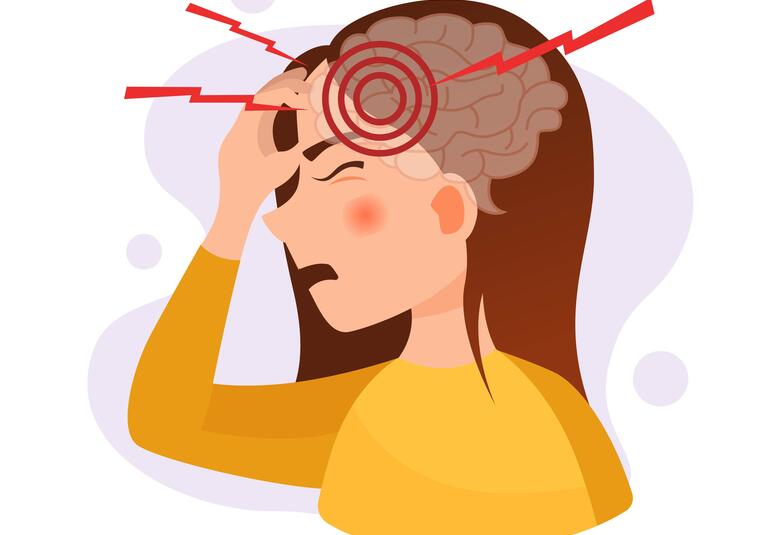
Reviewing, recycling, repurposing and potentially reviving – a second look at neuropharmacological therapies
What does a pharmaceutical company do with a psychotherapeutic drug once it fails in clinical trials? As often as not, it bins it. Dr David Nutt, UK, believes it to be unethical for an evidence base to simply just disappear as such repositories often contain hugely important scientific findings.
Access to a small number of data packages for candidate agents has already been attained and interest in some of the 9 drugs so far collected is already apparent.
Over the past three years, The Medicine Chests Initiative has been taking shape, the purpose of which is to gain access to ‘failed’ compounds and facilitate their reinvestigation, ideally in clinical experimental studies. Indeed, should it be necessary, resynthesis of interesting compounds is being and could be considered (albeit via. research grants) should an agent no longer be physically available. As these agents have already been administered in patients, toxicological studies are unlikely to be needed, as toxicology reports are included in the Medicines Chest repository.
As Dr Ann Hayes, UK, explained, access to a small number of data packages for candidate agents has already been attained and interest in some of the 9 drugs so far collected is already apparent.
Dr Trevor Robbins, UK, outlined how he has applied for a research grant to investigate whether a D1 receptor antagonist previously developed in Alzheimer’s disease might be used both to further investigate the basic science underlying D1 receptor antagonism and also the effect of this drug on cognition – an area of research in which it has not previously been investigated in clinical patients but one now considered worth of pursuit.
To find out more about the Medicines Chest and the agents available go to https://www.ecnp.eu/projects-initiatives/ECNP-medicines-chest.aspx
Our correspondent’s highlights from the symposium are meant as a fair representation of the scientific content presented. The views and opinions expressed on this page do not necessarily reflect those of Otsuka and Lundbeck.
Correspondent’s highlights from the symposium are meant as a fair representation of the scientific content presented. The views and opinions expressed on this page do not necessarily reflect those of Lundbeck.



